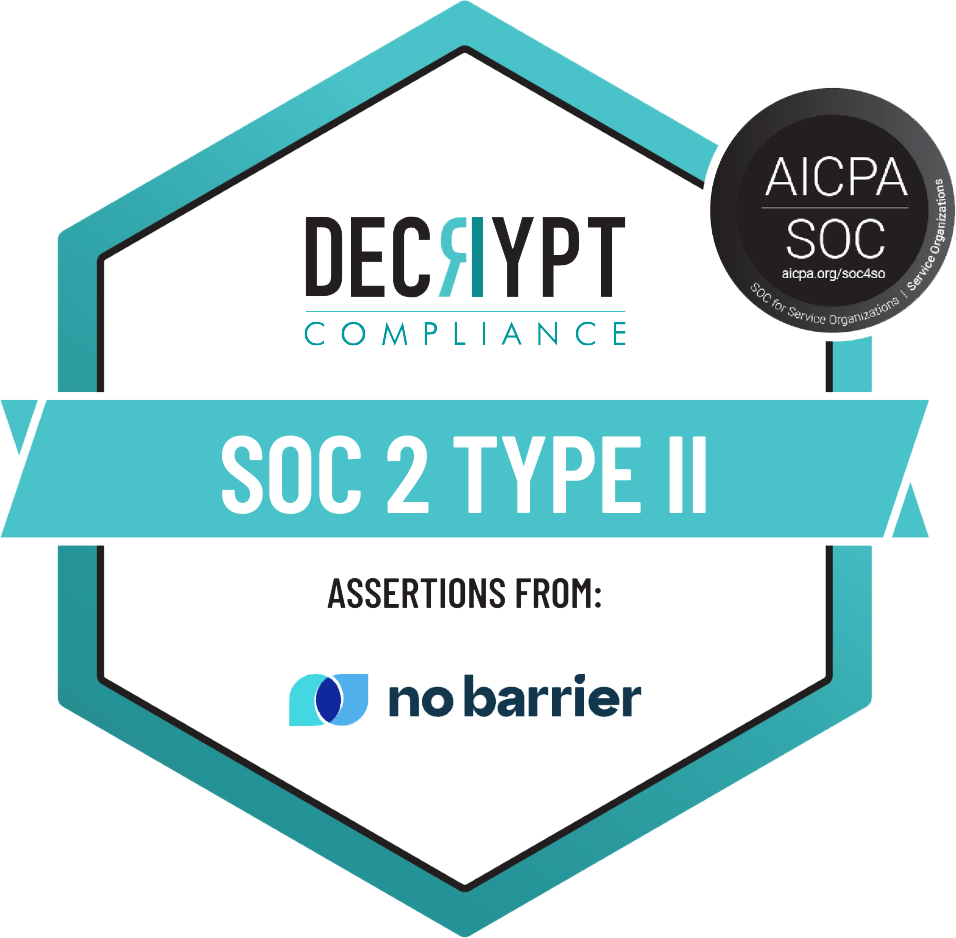Healthcare leaders know this: the wrong vendor contract can create compliance risks, patient dissatisfaction, staff frustration and wasted budgets. As CEO Judd Semingson noted, team discontent often comes from heavy workflows and the wrong tools at the point of care.
With AI interpreters now central to patient access and equity strategies, choosing the right partner requires clear prerequisites. Here’s a fast, practical checklist to guide your decision.
Executive Summary (for busy CMOs)
- Compliance first: Verify HIPAA alignment, BAA agreements and U.S.-based data storage before signing.
- Accuracy & oversight: Ensure the AI supports medical terminology and integrates human backup when needed.
- ROI & reliability: Evaluate transparency, scalability and vendor track record to avoid operational and financial risk.
1. Compliance and Trust
- HIPAA Alignment: Confirm a Business Associate Agreement (BAA). The AI must be trained in medical environments; not general-use tools like Google Translate.
- Data Security: Ask about encryption standards and server location. A simple question: “Where is patient data stored?” Data storage in the US is of course a green flag.
- Data Deletion: Protected Health Information (PHI) should be auto-deleted right away(or per your policy). Vendor should not store patient data.
2. Clinical Accuracy
- Medical Vocabulary: Verify that specialty-specific terms (oncology, cardiology, pediatrics) are supported.
- Languages & Automation: Check how many languages the AI can detect and whether it can launch automated conversations instantly.
- Human Oversight: Ensure escalation to live interpreters when needed. (We’ll return to this critical point in the conclusion.)
3. Patient Experience
- Real-Time Responsiveness: How quickly does the AI launch and how many clicks are required to begin?
- Accessibility: Ensure usability in low-bandwidth settings and compliance with ADA standards.
4. Integration & Operations
- System Compatibility: Confirm integration with your current equipment.
- Scalability: Can the platform support all facilities across your network?
- Staff Training: Ask what onboarding and ongoing support is included.
5. Financial Transparency
- Pricing Model: Is it per-minute, subscription or fixed cost?
- Hidden Costs: Clarify charges for integrations, upgrades or extra languages if any.
- ROI Evidence: Request case studies with efficiency and cost-savings data.
6. Vendor Stability
- Track Record: How long has the vendor been active in healthcare and speech-to-speech technology?
- Client References: Speak directly with current health system users.
- Innovation Roadmap: Review the product roadmap for the next 12–24 months.
Final Thought
AI interpreters are no longer a “nice-to-have.” They are mission-critical for patient safety, compliance, staff efficiency and equity. Before signing, walk your team through this checklist. If a vendor falls short, move on.
The right partner won’t just supply AI, it will:
- Show a strong track record.
- Deliver continuous feature improvements.
- Act on feedback from both staff and patients.
At No Barrier, we’ve built a platform that covers 30 AI-generated languages and dialects, while seamlessly connecting to 300+ human interpreter languages. This ensures coverage for all LEP (Limited English Proficiency) patients without gaps.
👉 We’re excited to share what’s possible. Book a demo with our team and see how No Barrier can strengthen trust, equity and operational flow in your organization.
Key Takeaways for CMOs
- Verify vendor HIPAA compliance, U.S. data storage and PHI deletion policy.
- Require evidence of medical vocabulary accuracy.
- Evaluate total cost of ownership, not just headline pricing.
- Choose a vendor with proven healthcare and high technology expertise.











%201.png)